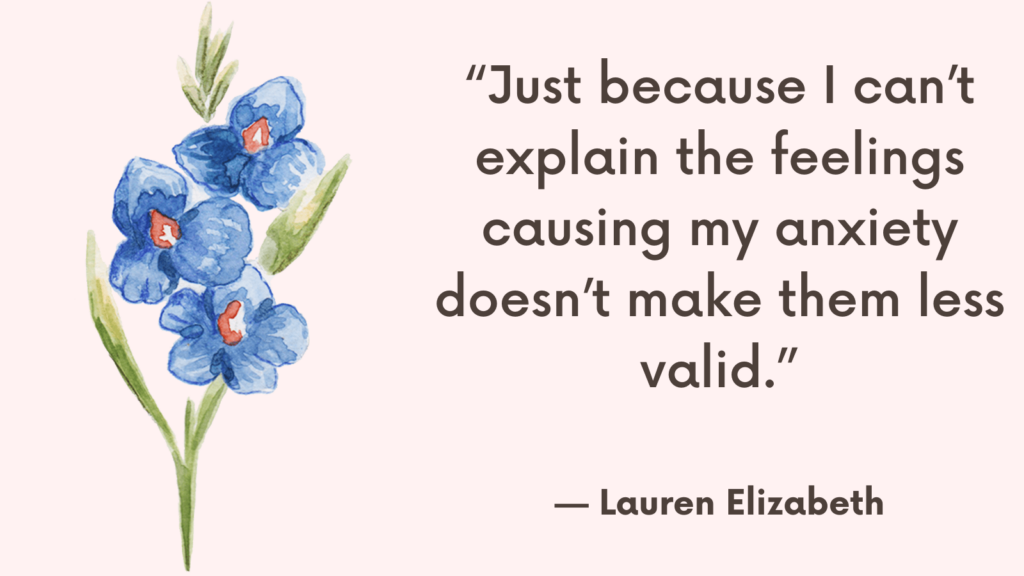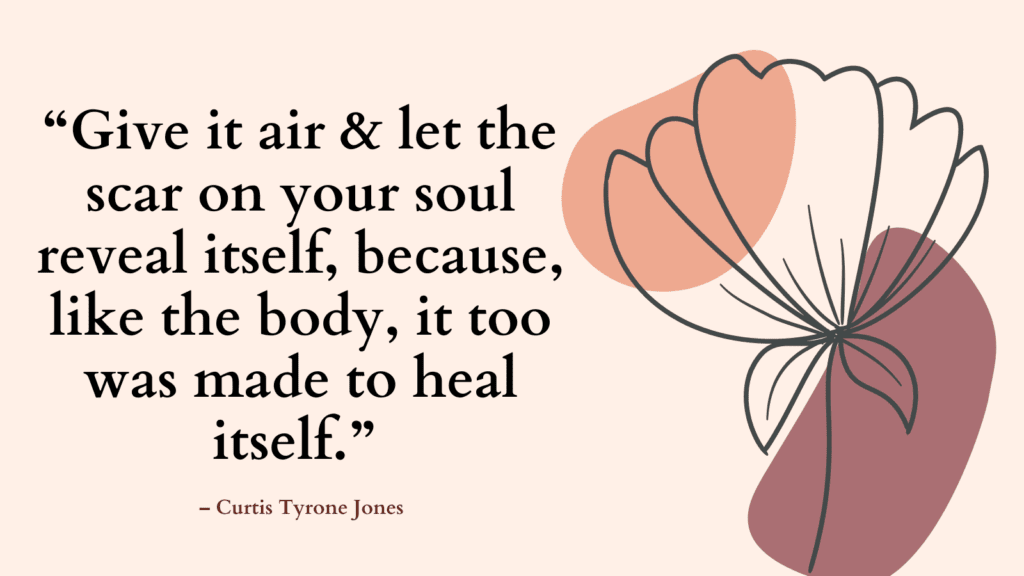Feeling overwhelmed is a common experience in today’s fast-paced world.
Whether it’s due to work stress, personal responsibilities, or a flood of thoughts and emotions, overwhelm can leave you feeling paralyzed and unable to move forward.
In this blog post, we will explore a simple 2-minute technique that can help you manage feelings of overwhelm and regain a sense of control.
This technique is easy to implement and can make a significant difference in how you handle stress.
Understanding Overwhelm
Before diving into the technique, it’s important to understand what happens when you feel overwhelmed. Overwhelm can manifest in various ways, including:
– Cognitive Fatigue: Difficulty thinking clearly or making decisions.
– Sensory Overload: Feeling bombarded by external stimuli.
– Burnout and Exhaustion: Physical and mental fatigue.
– Flood of Thoughts: Racing thoughts or confusion.
– Stress Response: Physical symptoms like anxiety, sweating, tearfulness, or panic.
These symptoms can alternate quickly, making it difficult to find a clear path forward.
You might feel like shutting down, procrastinating, or avoiding everything.
Related: Half-Smiling Technique to Reduce Emotional Distress
The 2-Minute Technique to Manage Overwhelm
When you feel overwhelmed, one effective technique is to slow down and take a few deliberate steps. Here’s a step-by-step guide:
1. Take a Deep Breath
Start by taking a deep breath.
This helps to calm your nervous system and brings you into the present moment.
Deep breathing can reduce the immediate stress response and prepare you for the next steps.
2. Do a Brain Dump
Grab a large piece of paper and a pen.
Begin by doing a brain dump.
This means taking everything that’s swirling around in your head and putting it down on paper.
It doesn’t need to be organized, and you don’t need to worry about handwriting or grammar.
The goal is to clear your mind by transferring your thoughts onto the page.
You can make a list, draw a diagram, or simply jot down random thoughts.
This process alone can provide some relief as it externalizes your mental clutter.
Related: Top +100 Journal Prompts For Mental Health [+Free PDF Printable!]
3. Cross Off What You Can’t Control
Look at the items you’ve written down and identify everything that is outside of your control. This might include:
– News stories
– Other people’s attitudes or behaviors (like your boss’s mood or your mother-in-law’s opinions)
– External factors (like the weather)
Cross off these items from your list.
This helps to focus your attention on things you can actually influence.
4. Replace with Actionable Items
For items related to people or situations you can’t control directly, reframe them into actionable items that you can control. For example:
– Instead of “Boss’s attitude,” write “Prepare for my meeting with the boss.”
This step is crucial because it shifts your focus from what you can’t do to what you can do.
Related: Best 15 Books On How To Stop Procrastinating
5. Circle One Action
Now, take a deep breath again, slow yourself down, and circle one action that you are going to take.
This helps to break down your overwhelming list into a single manageable task.
Focusing on one thing at a time can make the overall situation feel less daunting.
6. Set the Paper Aside and Act
Once you’ve circled your action, set the paper aside and return to the present moment.
Start working on that one circled item.
This helps to reduce procrastination and avoidance, giving you a clear and immediate focus.

Conclusion
Feeling overwhelmed is a common experience, but it doesn’t have to paralyze you.
By using this 2-minute technique, you can regain a sense of control and take actionable steps to manage your stress. Remember to:
– Take a deep breath.
– Do a brain dump.
– Cross off what you can’t control.
– Replace with actionable items.
– Circle one action.
– Set the paper aside and act.
Implementing this simple technique can make a significant difference in how you handle overwhelming situations.



